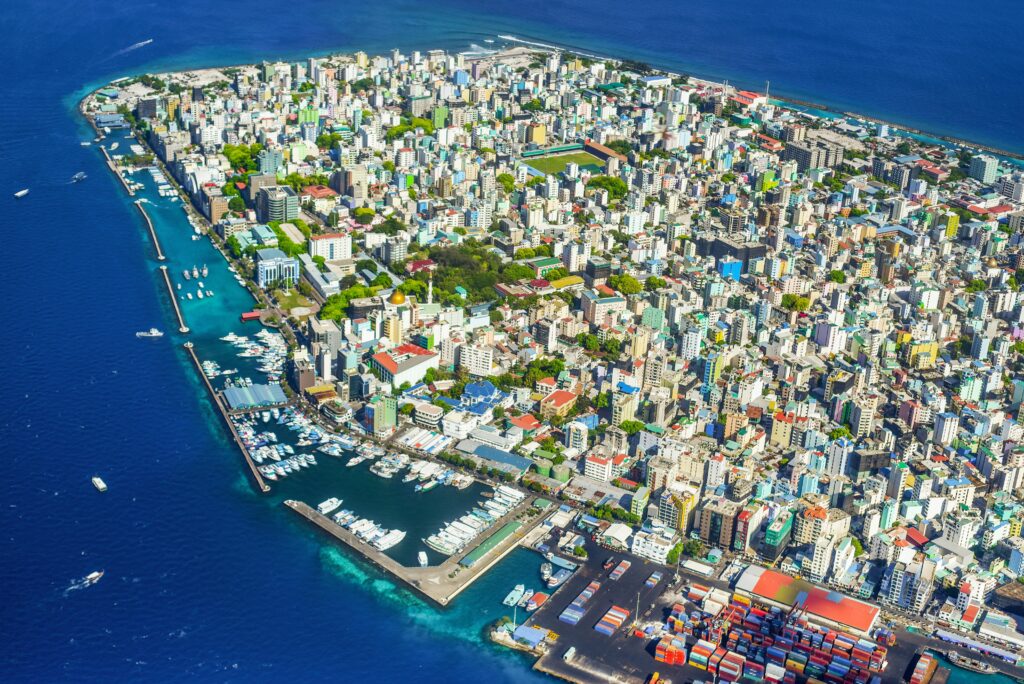Rising sea levels, driven primarily by climate change, are one of the most visible and pressing challenges for coastal cities around the world. As temperatures rise and polar ice melts, the oceans are swelling, encroaching upon land that was once safe from flooding. Here’s a closer look at how this phenomenon is affecting coastal cities:
1. Increased Flooding in Low-Lying Areas
- Key Impact: Coastal cities are experiencing more frequent and severe flooding, especially during storms or high tides. This can disrupt daily life, damage infrastructure, and displace people.
- Example: In Miami, streets often flood during high tides, even on clear, calm days. The phenomenon is called “sunny-day flooding,” where rising levels cause water to seep through drainage systems.
2. How Rising Sea Levels Are Submerging Coastal Land
- Key Impact: As sea levels rise, they slowly swallow up valuable coastal land, including beaches, real estate, and farmland. This reduces the land available for both living and agriculture, forcing people to relocate.
- Example: In New York City, low-lying neighborhoods like Rockaway and Coney Island are at significant risk of losing land due to rising tides and erosion.
3. How Rising Sea Levels Are Endangering Coastal Infrastructure

- Key Impact: Infrastructure such as roads, bridges, airports, and sewage systems are particularly vulnerable to rising sea levels. Coastal cities will have to spend millions—if not billions—on repairs, or risk losing key infrastructure.
- Example: New Orleans, which lies below sea level, has been investing heavily in flood protection systems after the devastation of Hurricane Katrina. But continued rising sea levels may make this increasingly expensive and difficult to maintain.
4. Increased Storm Surge and Erosion
- Key Impact: Rising sea levels exacerbate storm surges from hurricanes and tropical storms, making them more destructive. The additional water causes more intense flooding and erosion along the coastline, speeding up the process of land loss.
- Example: Hurricane Sandy in 2012 caused massive flooding in New York City, with the storm surge exacerbated by higher sea levels. The result was widespread property damage and infrastructure loss.
5. Impact on Ecosystems and Biodiversity

- Key Impact: Coastal ecosystems, such as wetlands, mangroves, and coral reefs, act as buffers against storm surges and provide critical habitats for biodiversity. Rising sea levels threaten these ecosystems, leading to the loss of natural defenses against flooding and the loss of species.
- Example: The Maldives and Venice, two iconic coastal cities, face serious threats to their ecosystems due to rising sea levels. Venice, for instance, has faced sinking problems, worsened by rising sea levels.
6. Displacement of Populations
- Key Impact: Rising sea levels force communities living in coastal areas to migrate, creating climate refugees. This can strain resources in inland cities and lead to social, economic, and political instability.
- Example: In places like Bangladesh and Kiribati, entire communities are being displaced due to rising sea levels. For instance, Kiribati, an island nation in the Pacific Ocean, has been working to purchase land in nearby Fiji to resettle its citizens.
7. Economic Costs of Rising Sea Levels
- Key Impact: Coastal cities are some of the world’s most economically important locations, housing ports, industries, tourism, and commerce. The financial impact of rising sea levels can be enormous, both in terms of repair costs and lost productivity.
- Example: Miami is estimated to face hundreds of millions of dollars in damage annually due to rising sea levels, not to mention the economic toll on real estate values and tourism.
IF THIS USEFUL AND KNOWLEDGEABLE, THEN PLEASE SHARE IN YOUR SOCIAL MEDIAS ACCOUNT AND GIVE FEEDBACK OR COMMENT IF ANY QUESTIONS.

